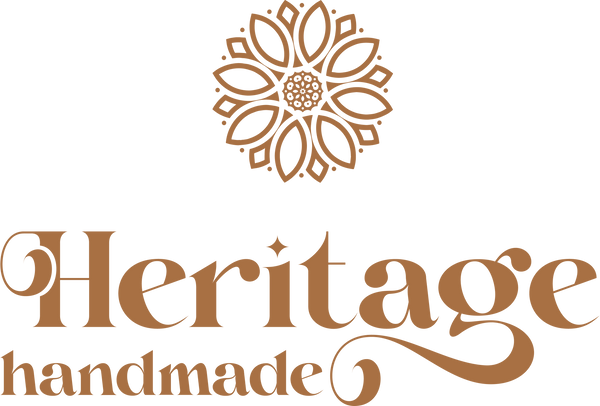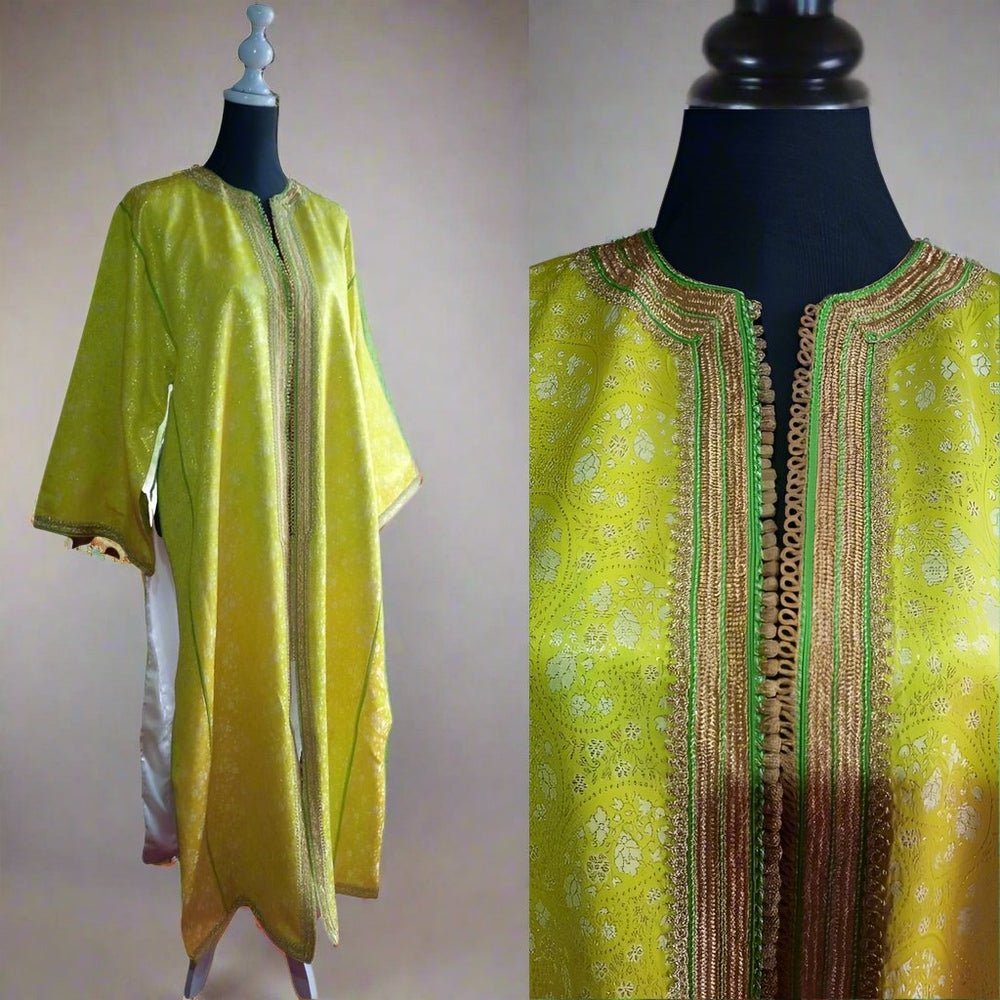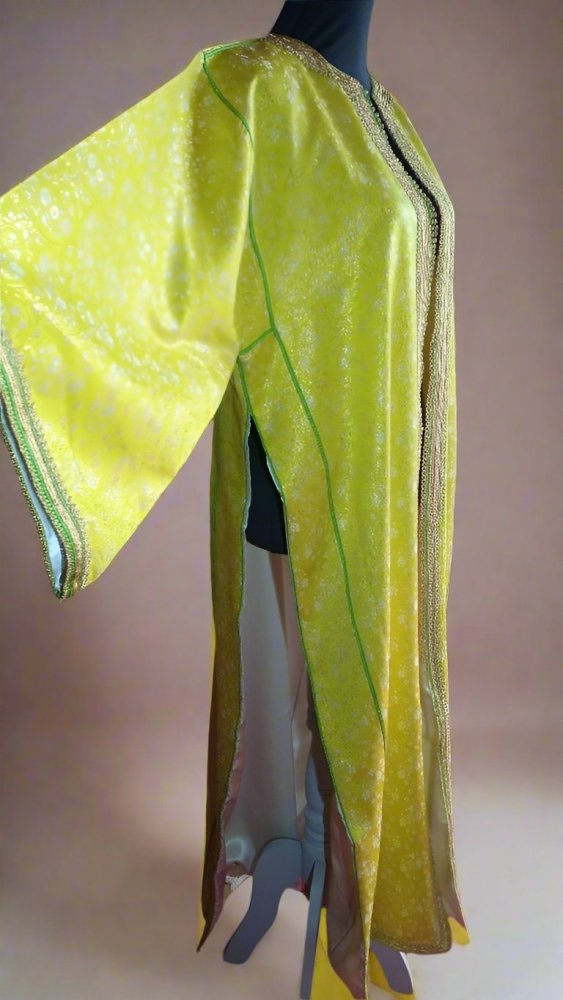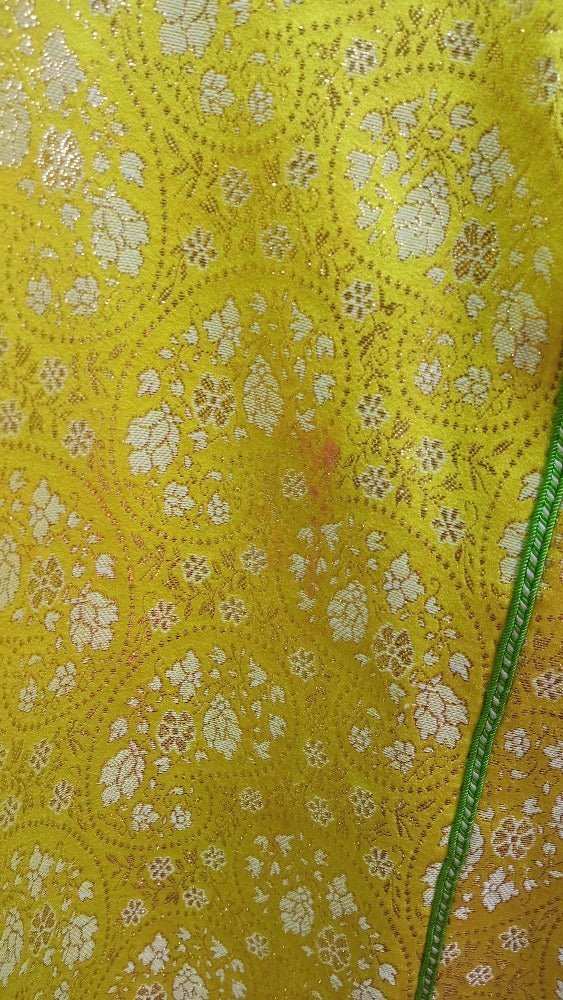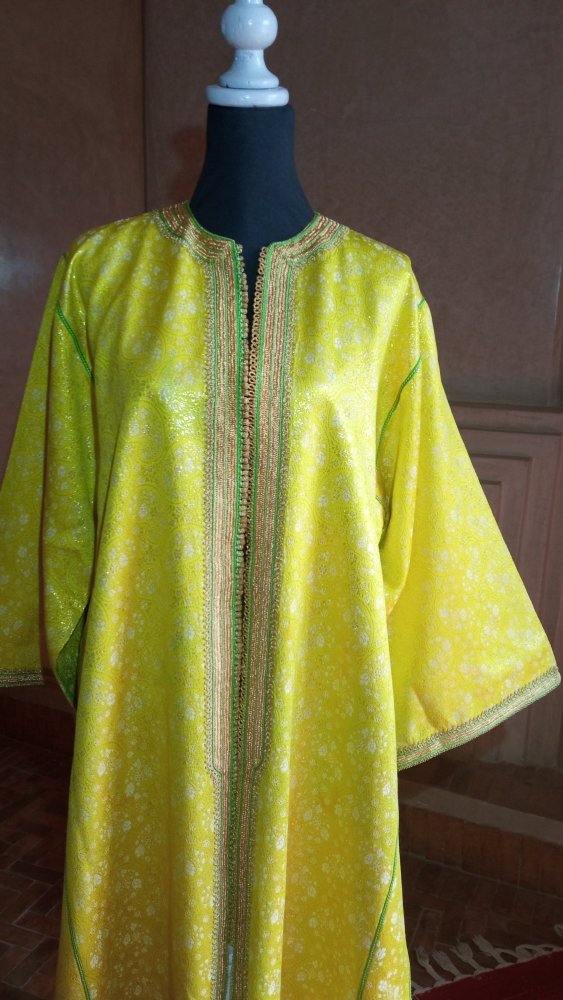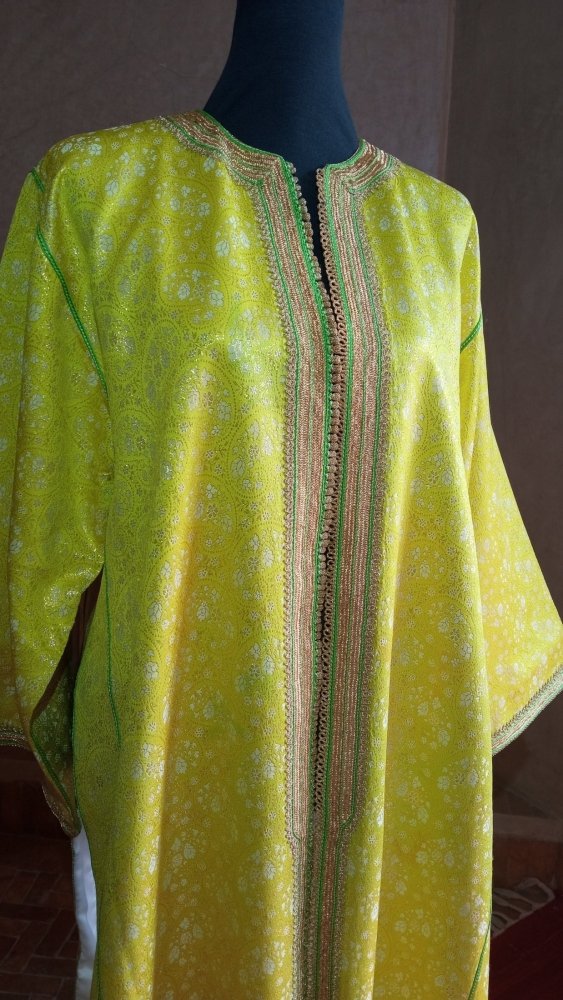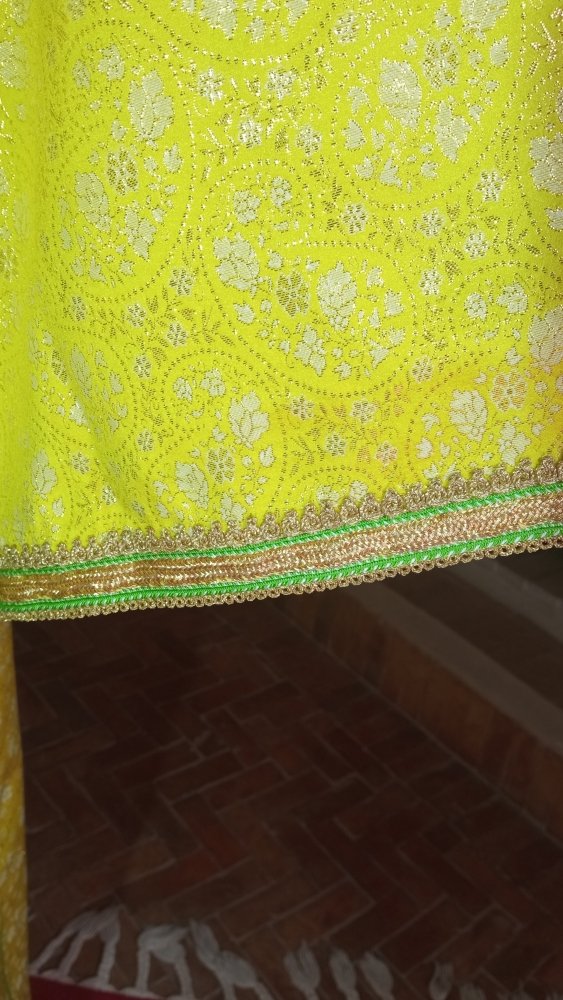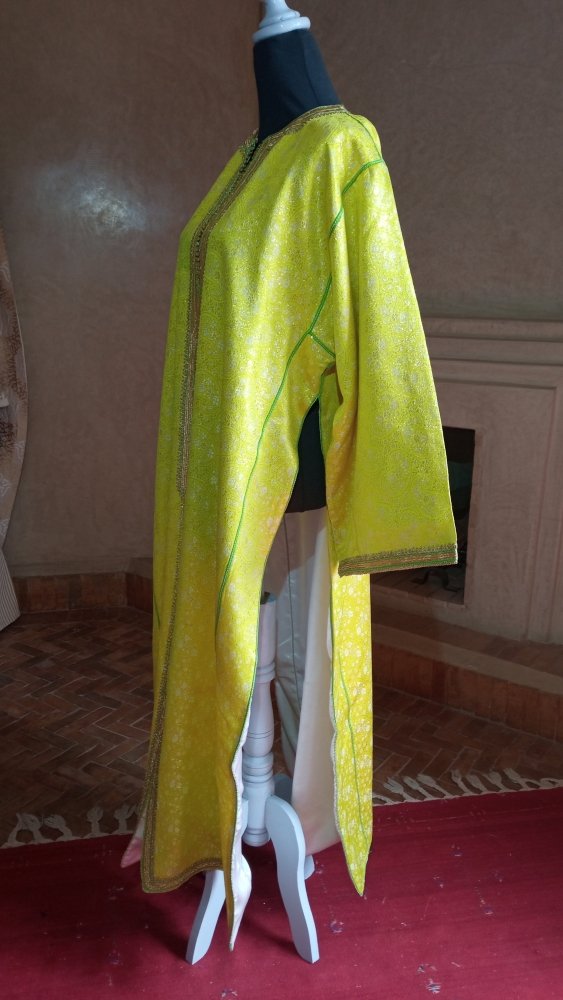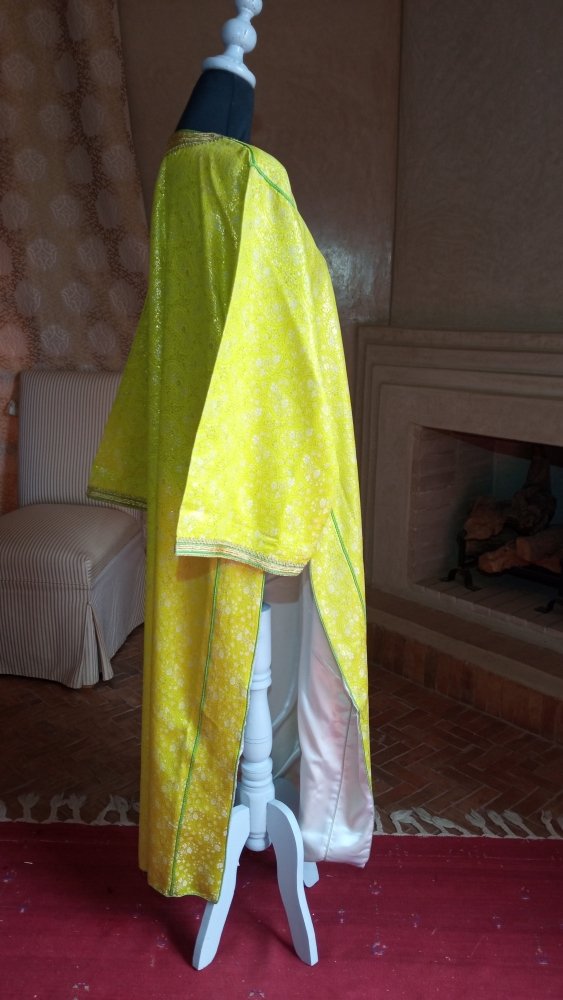
Moroccan Kaftans: Gender and Generational Differences
Moroccan Kaftans: Gender and Generational Differences
Moroccan kaftans, with their rich history and intricate designs, are a symbol of cultural identity and heritage. This article explores the gender and generational differences in Moroccan kaftans, examining the comparison of designs, usage, and cultural significance between men's and women's kaftans, the evolution of kaftans across generations, and their role in rituals and rites of passage.
Table of Contents
Men's vs. Women's Kaftans: A Comparative Analysis
Design Differences
The design of Moroccan kaftans varies significantly between men and women, reflecting societal norms and aesthetic preferences.
Men's Kaftans
Men's kaftans are typically more understated in terms of color and decoration. They often feature:
- Simple Embroidery: Geometric patterns and modest embroidery.
- Muted Colors: Shades like white, beige, and black dominate.
- Functional Design: Straight cuts and less elaborate ornamentation for practicality.
Women's Kaftans
In contrast, women's kaftans are celebrated for their elaborate designs and vibrant colors.
- Rich Embroidery: Floral and intricate patterns using gold and silver threads.
- Bright Colors: Bold hues like red, green, and blue.
- Decorative Elements: Use of sequins, beads, and gemstones to enhance beauty.
Usage and Occasions
The occasions for wearing kaftans also differ between genders.
Men's Usage
Men primarily wear kaftans during:
- Religious Ceremonies: Events like Friday prayers and Eid celebrations.
- Formal Occasions: Weddings and official state functions.
Women's Usage
Women wear kaftans in a wider variety of settings, including:
- Weddings and Engagements: As bridal attire or as a guest.
- Festivals and Celebrations: Religious and cultural festivals.
- Everyday Wear: In some regions, for daily activities and social gatherings.
Cultural Significance
The cultural significance of kaftans is deeply rooted in Moroccan society, symbolizing various aspects of identity and tradition.
For Men
Kaftans for men often symbolize:
- Respect and Dignity: Wearing a kaftan denotes respect for tradition and the event.
- Cultural Heritage: Connection to Moroccan ancestry and heritage.
For Women
For women, kaftans signify:
- Femininity and Grace: Embodying elegance and cultural beauty standards.
- Social Status: Intricately designed kaftans can indicate social and economic status.
Generational Changes in Moroccan Kaftans
Evolution of Style and Meaning
The style and meaning of kaftans have evolved significantly across generations, influenced by factors such as globalization and modernity.
Traditional vs. Modern Kaftans
- Traditional Kaftans: Focus on handcraftsmanship, traditional patterns, and natural dyes.
- Modern Kaftans: Incorporate contemporary designs, synthetic fabrics, and often blend Western fashion elements.
Influence of Modernity and Globalization
- Western Fashion Influence: Modern Moroccan designers integrate Western fashion trends, creating hybrid styles that appeal to younger generations.
- Global Market: Moroccan kaftans have found a global audience, influencing and being influenced by international fashion trends.
Generational Preferences
- Older Generations: Prefer classic, traditional designs that reflect cultural heritage.
- Younger Generations: Lean towards modern interpretations that allow for personal expression and practicality.
Rituals and Rites of Passage
Kaftans play a crucial role in marking significant life events and transitions in Moroccan culture.
Coming-of-Age Ceremonies
For Boys
- Circumcision Ceremony: Boys wear special kaftans during their circumcision ceremony, signifying their transition into manhood.
For Girls
- Henna Ceremony: Girls wear elaborate kaftans during the henna ceremony, a pre-wedding ritual symbolizing purity and beauty.
Weddings
Bride and Groom
- Bridal Kaftan: The bride often wears a series of kaftans, each more elaborate than the last, representing her transition from singlehood to married life.
- Groom's Kaftan: The groom's kaftan is usually simpler, symbolizing his readiness to embrace responsibility and family life.
Other Significant Events
- Graduations: Kaftans are worn during graduation ceremonies, celebrating educational achievements.
- Religious Milestones: Important religious milestones are often marked with the wearing of kaftans.
Conclusion
The gender and generational differences in Moroccan kaftans highlight the rich cultural tapestry of Morocco. From the distinct designs and usages between men's and women's kaftans to the evolution of styles influenced by modernity, kaftans remain a significant symbol of Moroccan identity. They play a vital role in rituals and rites of passage, connecting generations and preserving cultural heritage. As Moroccan kaftans continue to evolve, they embody the dynamic interplay between tradition and modernity, ensuring their place in both Moroccan and global fashion landscapes.
